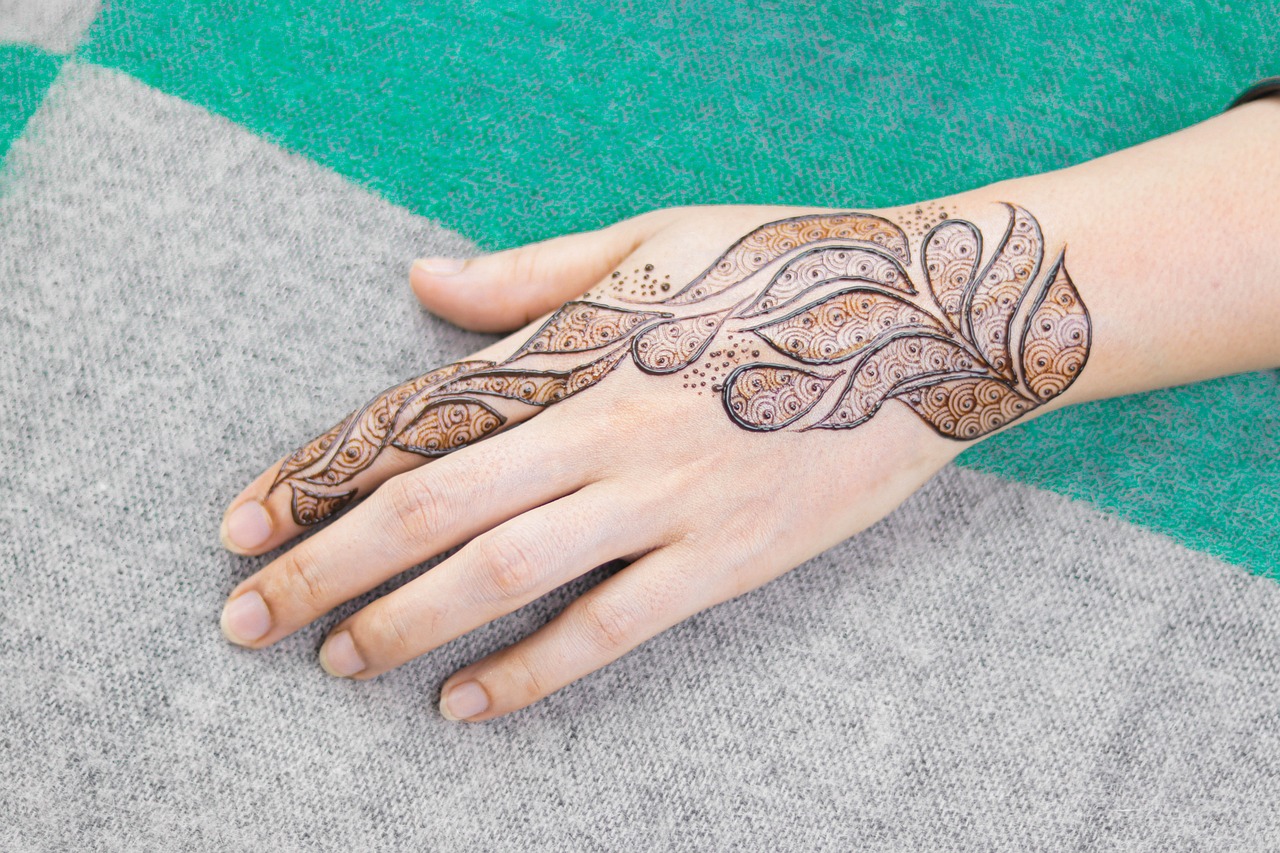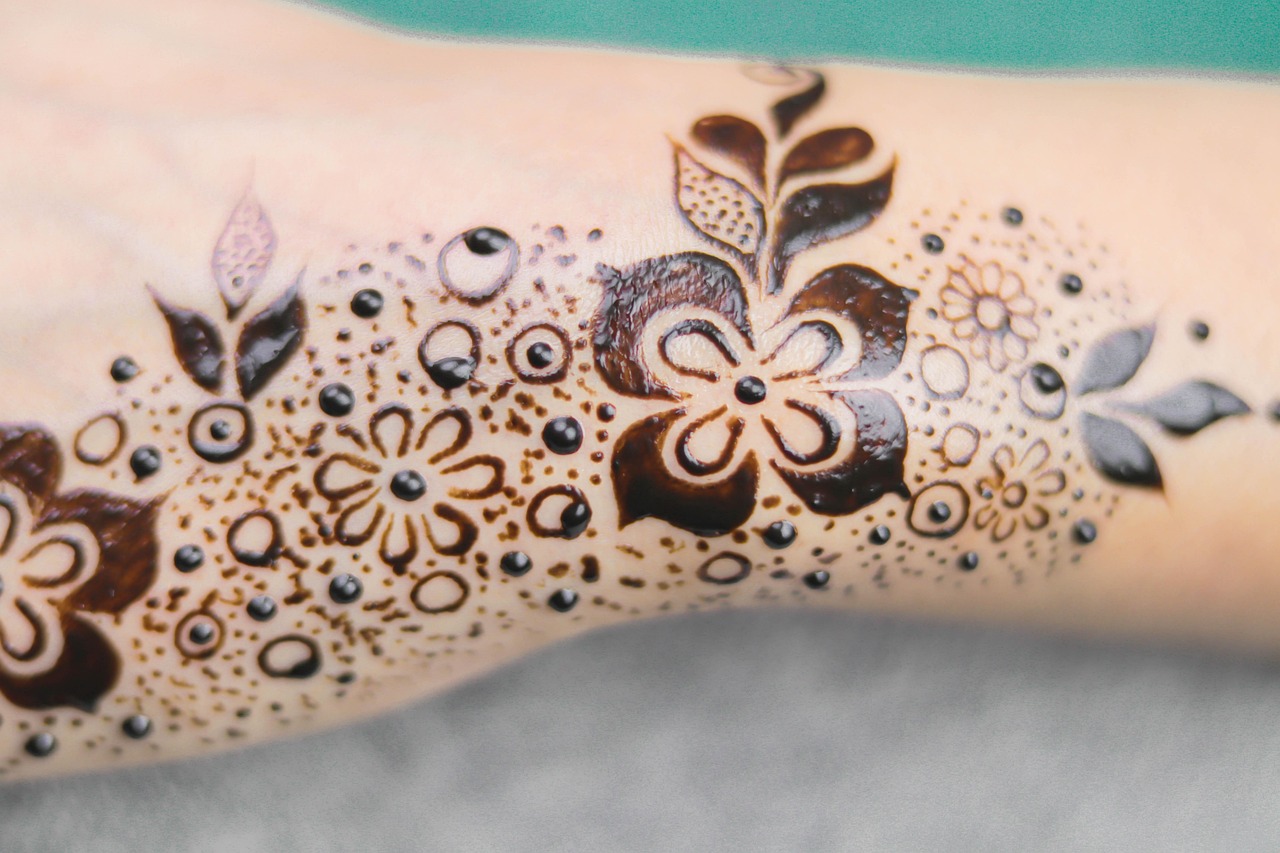Arabic Mehndi Simple Mehndi Design: Timeless Elegance for Every Occasion
Mehndi, or henna, has been an integral part of South Asian and Middle Eastern fashion for centuries. Among the different styles, Arabic mehndi designs stand out for their elegance and simplicity. If you’re looking to elevate your look with intricate yet simple artwork, Arabic mehndi designs are the perfect choice. In this post, we will explore the beauty of Arabic mehndi simple mehndi designs, answer common questions, and share expert tips for creating stunning patterns effortlessly.
Key Aspects of “Arabic Mehndi Simple Mehndi Design”
Arabic mehndi designs are known for their flowing patterns, floral motifs, and bold structure, making them an excellent choice for beginners and professionals alike. Unlike the heavy designs in Indian mehndi art, Arabic-style mehndi features light and airy designs, often with spaced-out motifs, that are elegant and easier to create.
Why are Arabic Mehndi Designs So Popular?
Arabic mehndi designs are loved for their minimalistic and sophisticated look. They are not only easy to apply but also versatile enough for various occasions, from casual gatherings to grand weddings. This style often leaves more skin visible, offering a modern touch to traditional mehndi art.
External Information – The Origin of Arabic Mehndi
According to Britannica, henna has been used for body art and ceremonies for over 5,000 years. Arabic mehndi designs, in particular, are believed to have originated in the Arabian Peninsula and have significantly influenced the mehndi styles worldwide.
Tips for Creating Simple Yet Stunning Arabic Mehndi Designs
If you’re new to mehndi art, the simplicity of Arabic designs makes them a great starting point. With flowing vines, paisleys, and flower patterns, you can craft beautiful designs without overcomplicating the process.
What Are the Basic Elements of Arabic Mehndi Designs?
Arabic mehndi designs typically include floral motifs, leafy trails, and geometric patterns. These elements are drawn with bold outlines and fewer intricate fillings compared to Indian or Moroccan styles, giving the design a clean and contemporary look.
External Information – Example of a Simple Design
One easy and popular design is the single trail: Start with a flower at the back of the hand, extend it into a leafy vine running along the index finger. For inspiration, check out this Instagram hashtag featuring hundreds of stunning Arabic mehndi patterns.
Additional Tips to Perfect Your Arabic Mehndi Art
Practice and patience are key! Even the simplest designs can look striking with steady hands and good proportions. Make sure to use quality henna cones and apply consistent pressure for smooth lines. After application, let the mehndi dry completely to achieve a rich stain.
How Can You Make Your Arabic Mehndi Last Longer?
To ensure long-lasting staining, avoid washing your hands right after application. Instead, allow the paste to dry naturally, and consider applying a lemon-sugar mixture or eucalyptus oil for a deeper hue.
External Information – Expert Tip
According to professional mehndi artists, covering the dried design with plastic or tissue and leaving it for at least 4 to 6 hours enhances the stain’s intensity and longevity. You can find more of these pro tips from Henna Facts.
Conclusion
Arabic mehndi simple mehndi designs are a timeless way to adorn your body with art that exudes elegance and culture. Their intricate yet minimal patterns are easy to learn and perfect for any occasion. Whether you’re experimenting as a beginner or refining your skills, these designs are sure to impress.
We hope this guide inspires you to try new designs and embrace the beauty of Arabic mehndi. Donât forget to share this article with fellow mehndi enthusiasts and subscribe for more expert tips on mehndi art and beyond!



